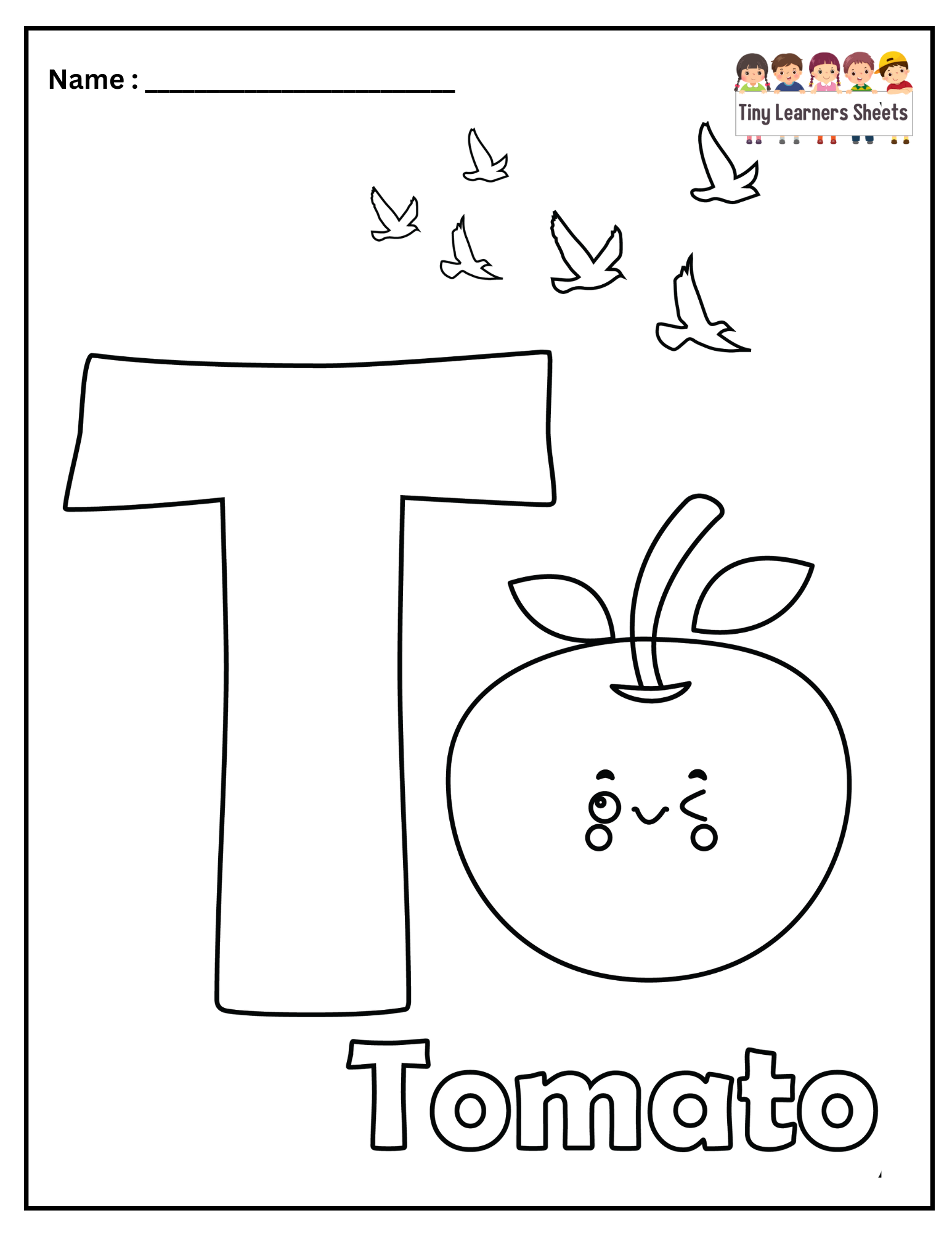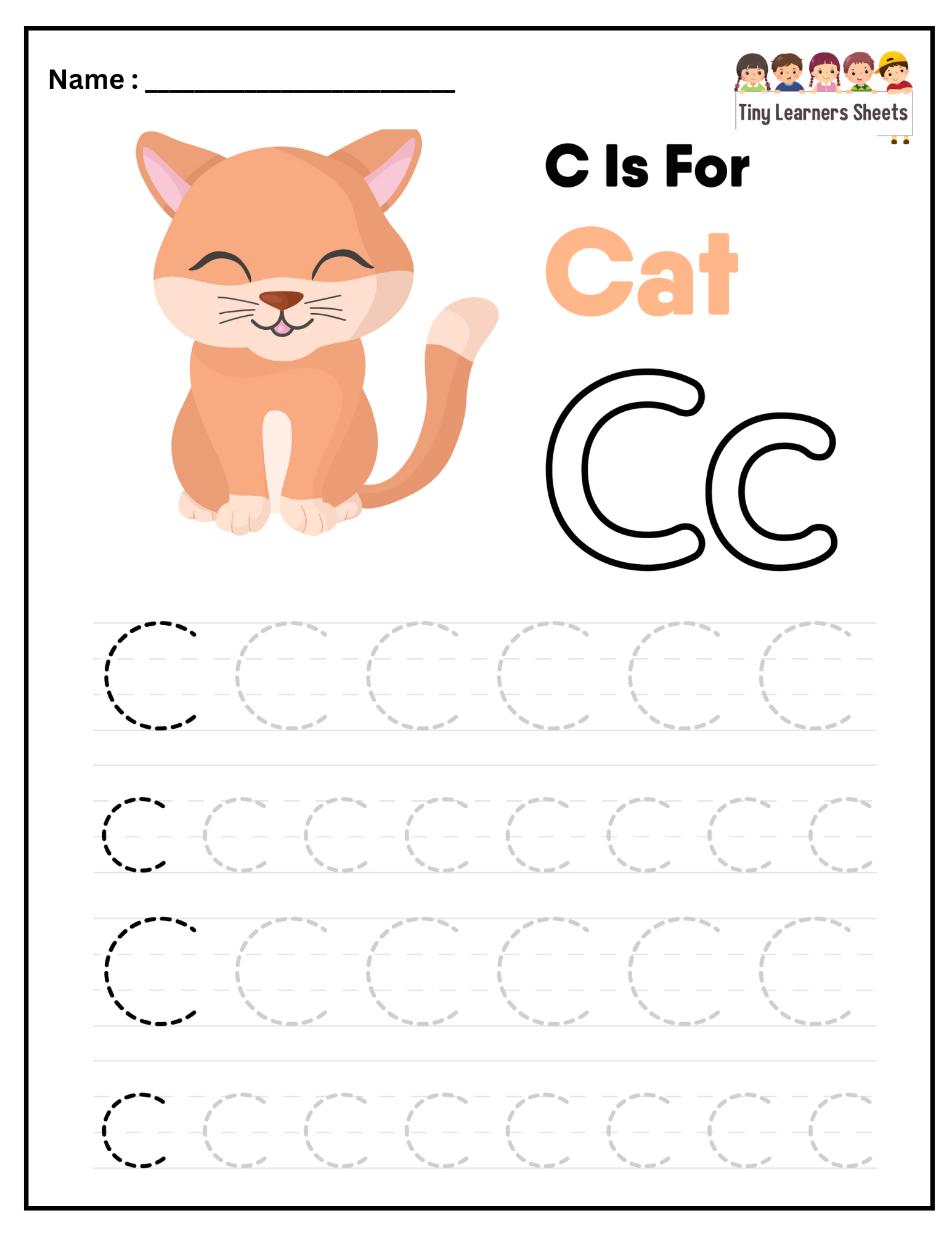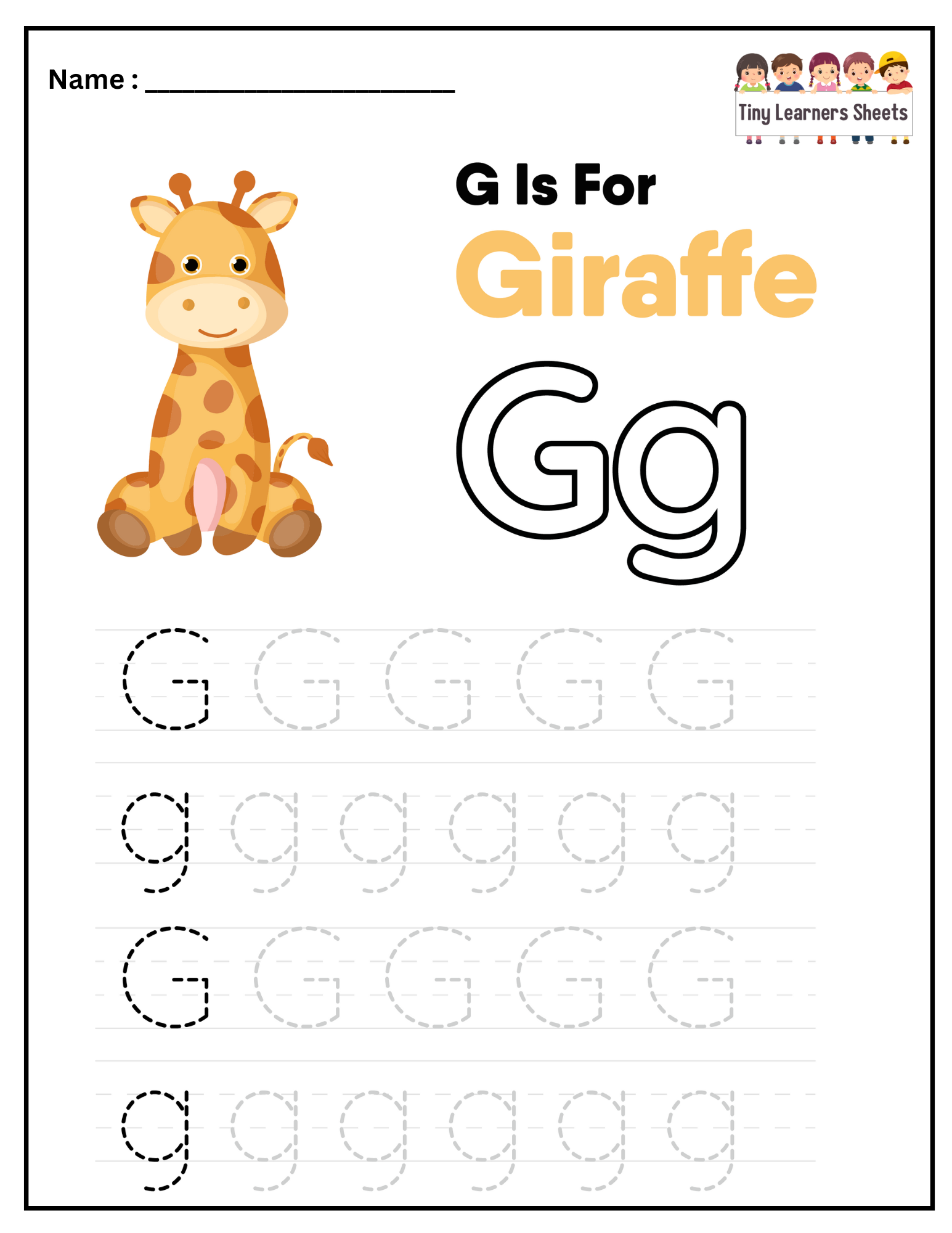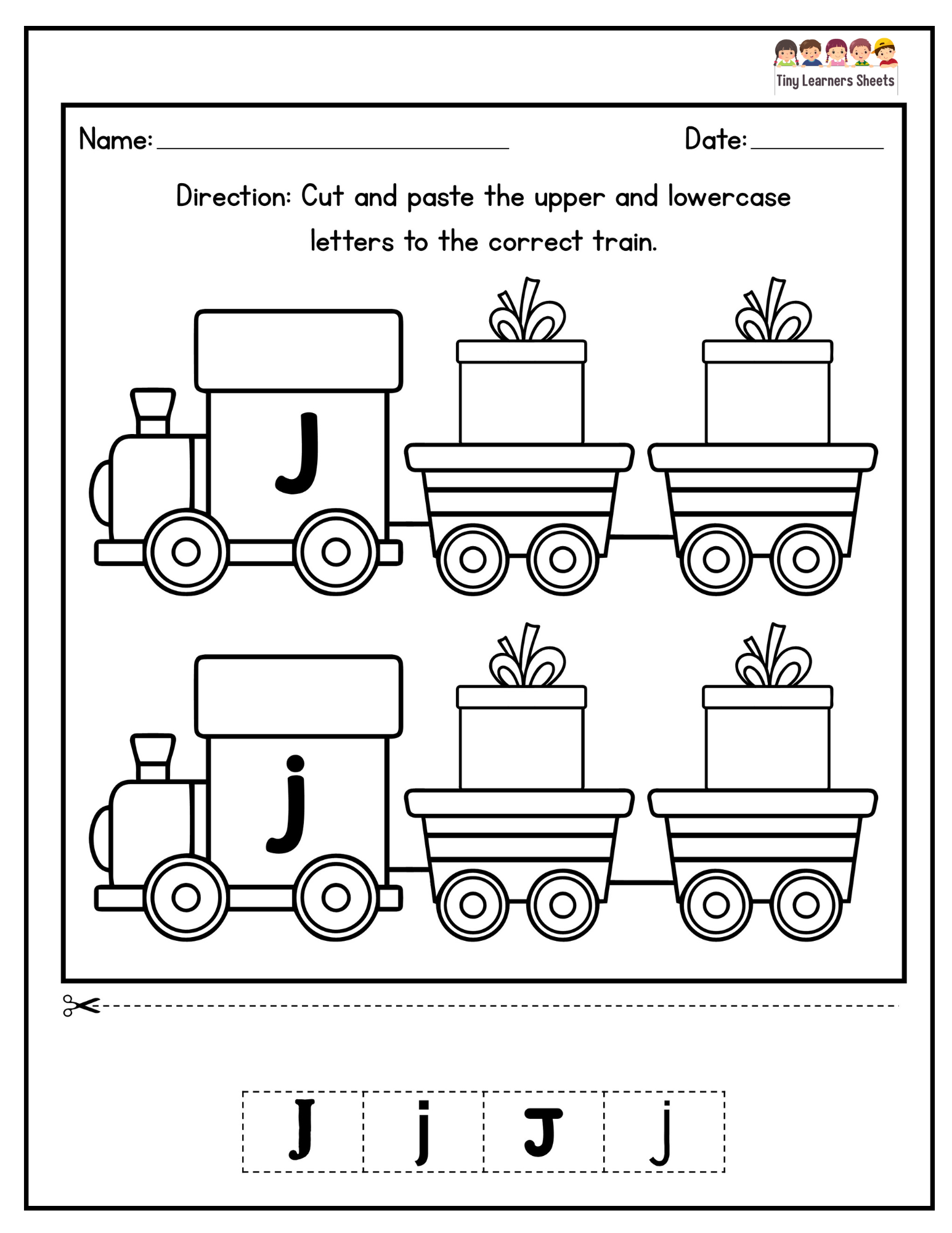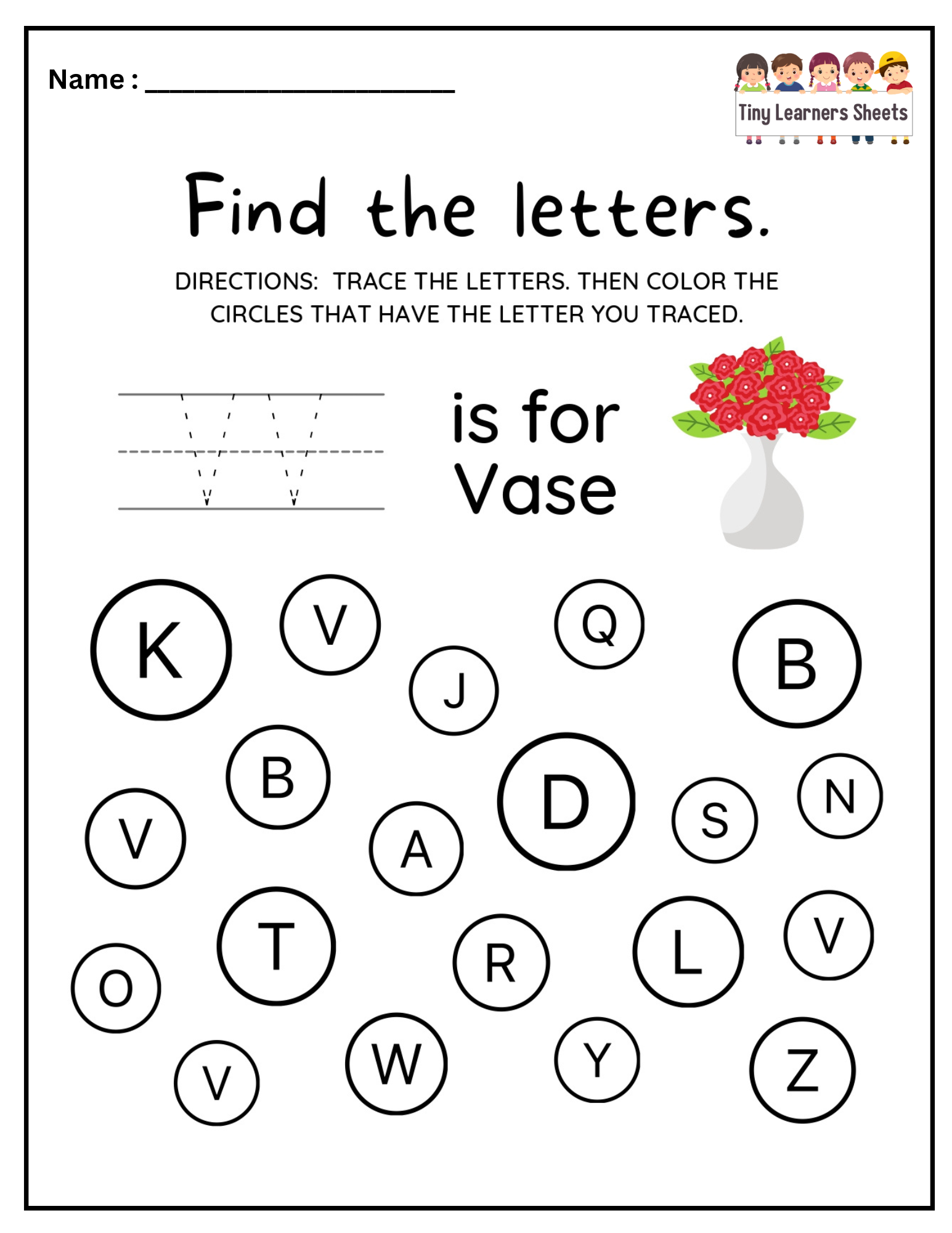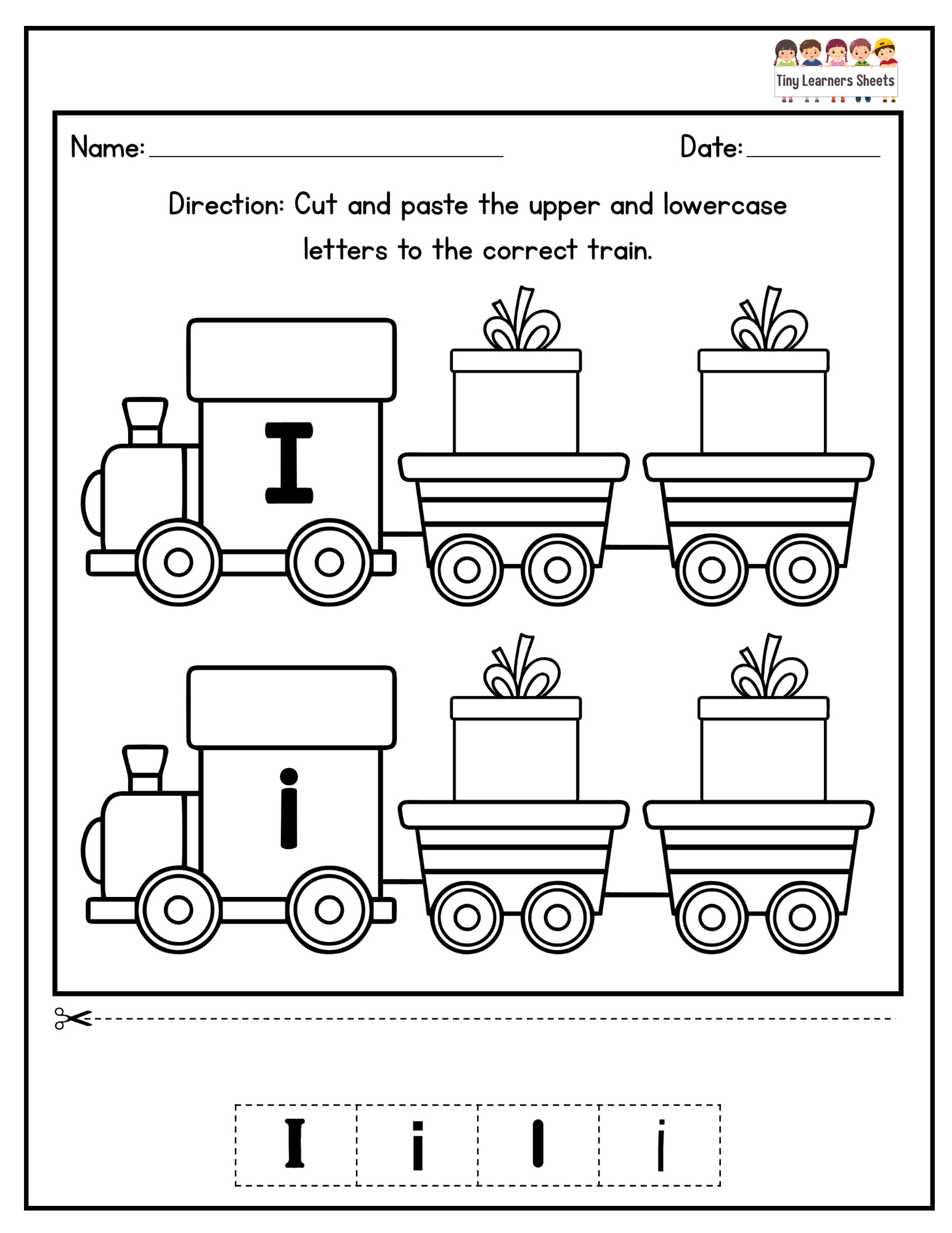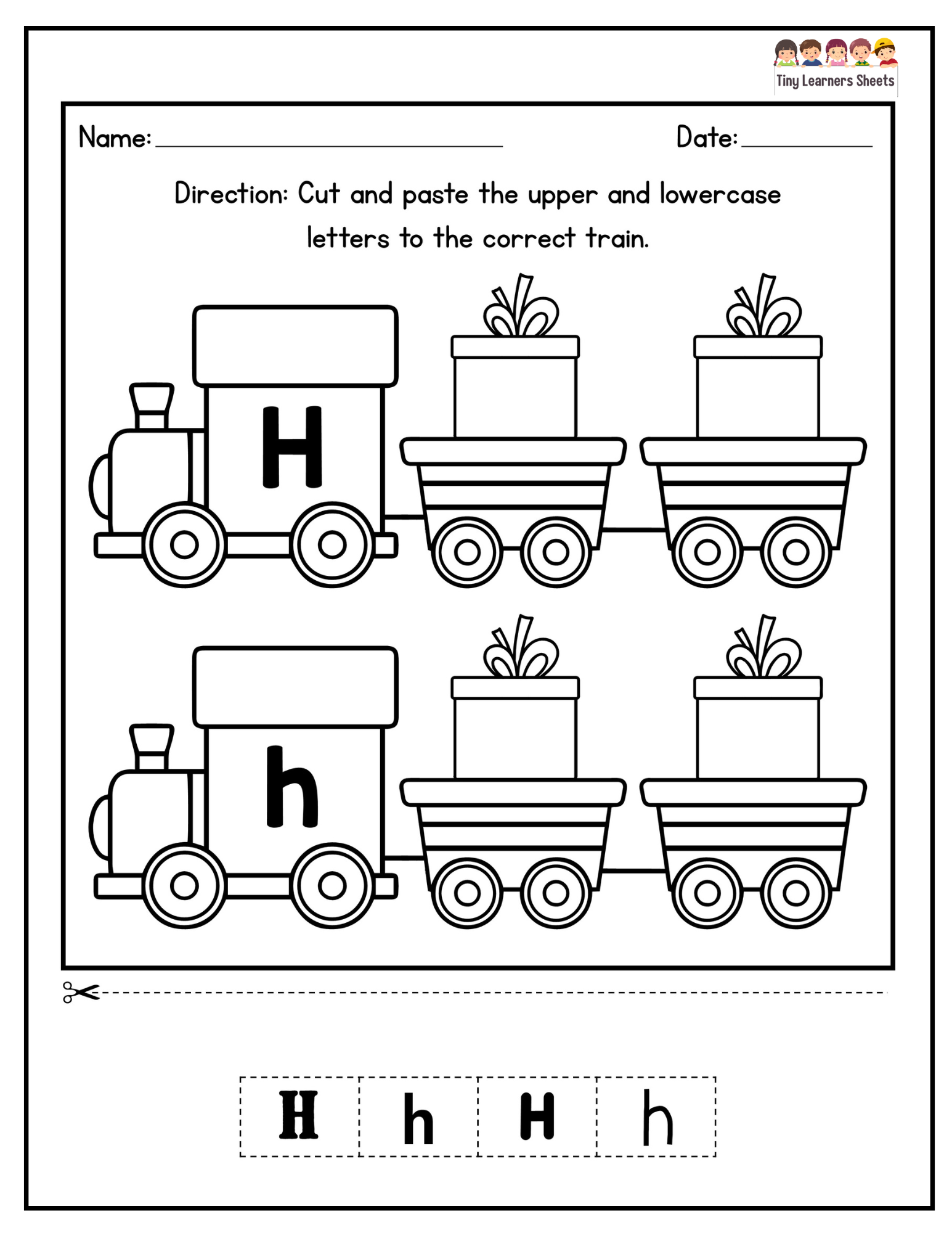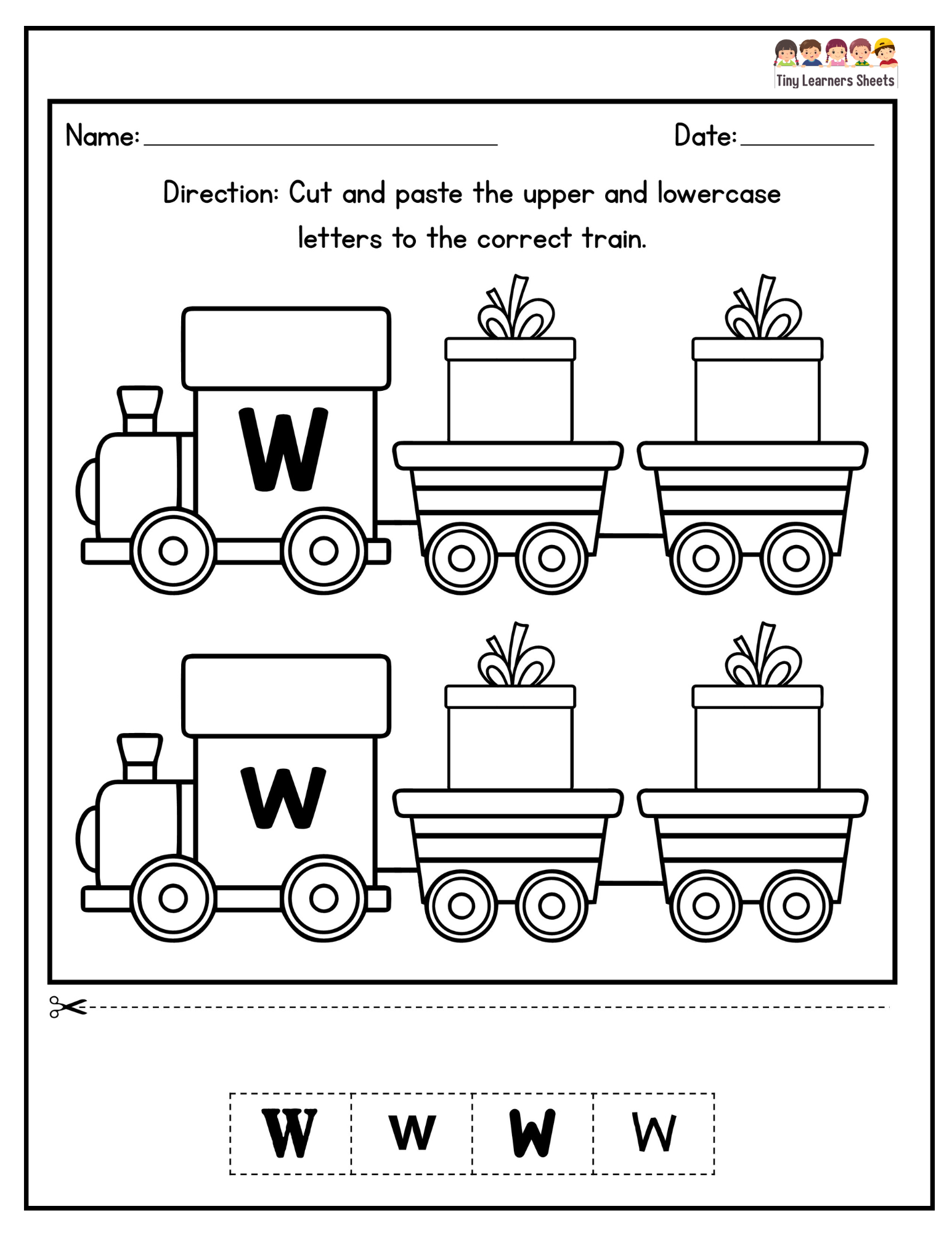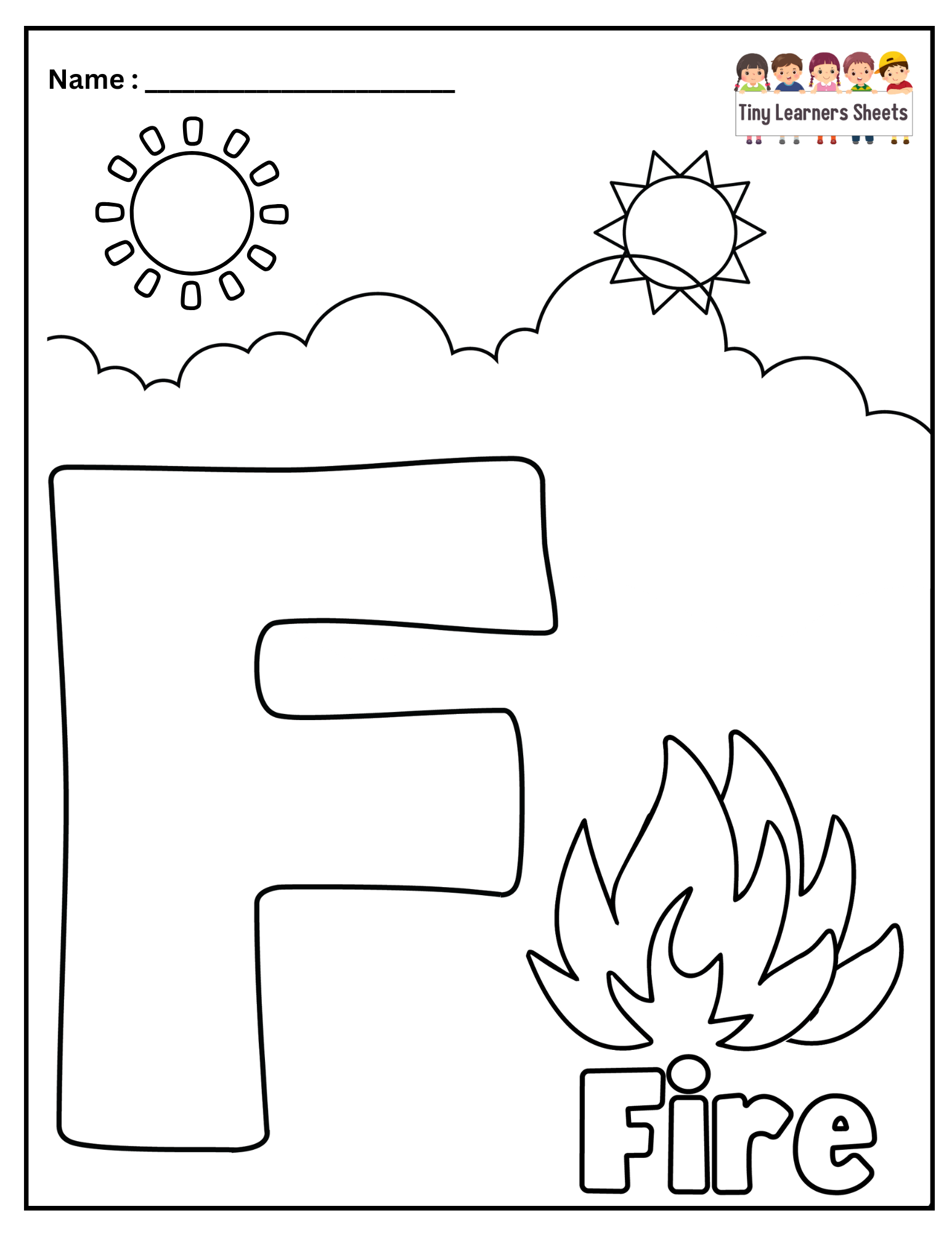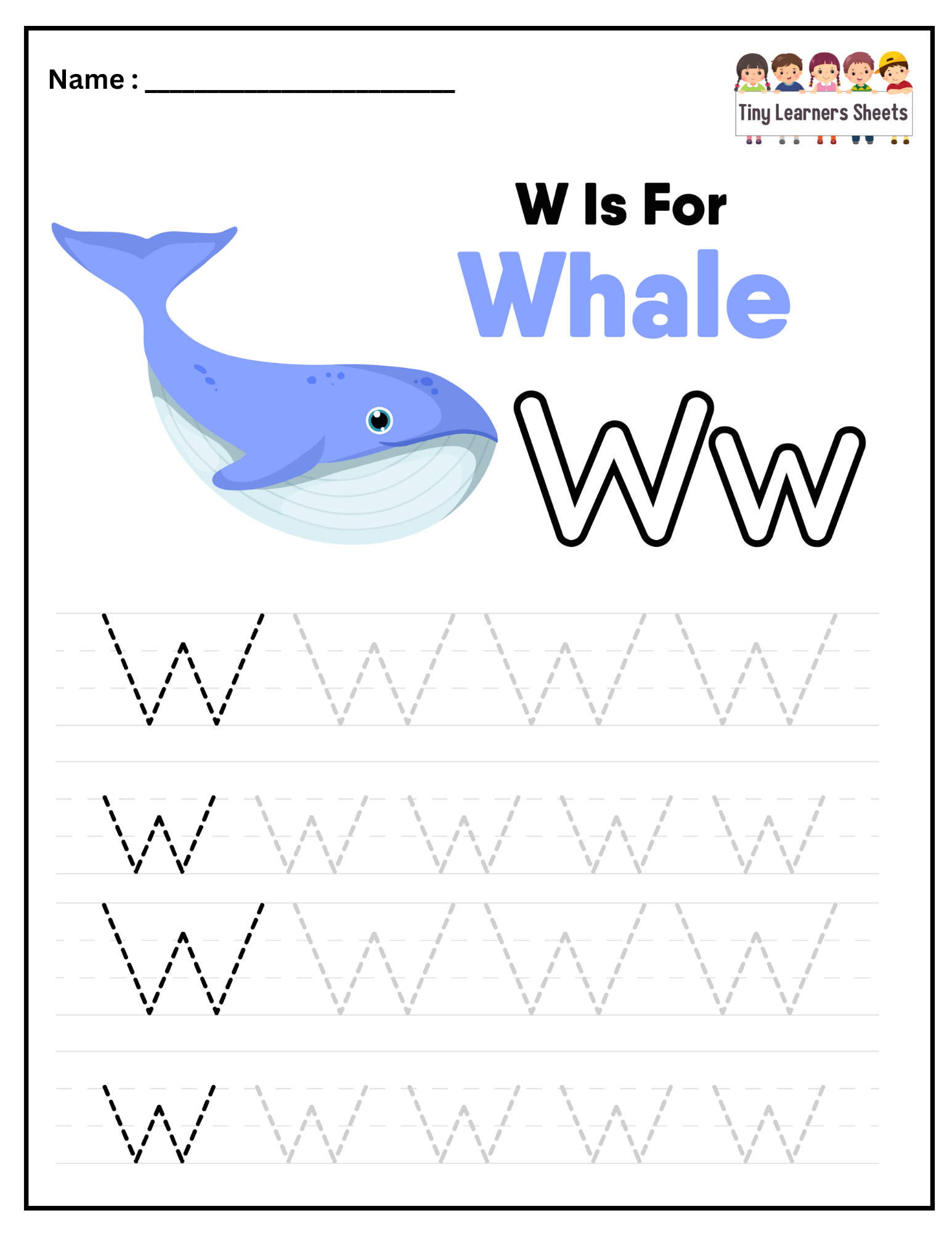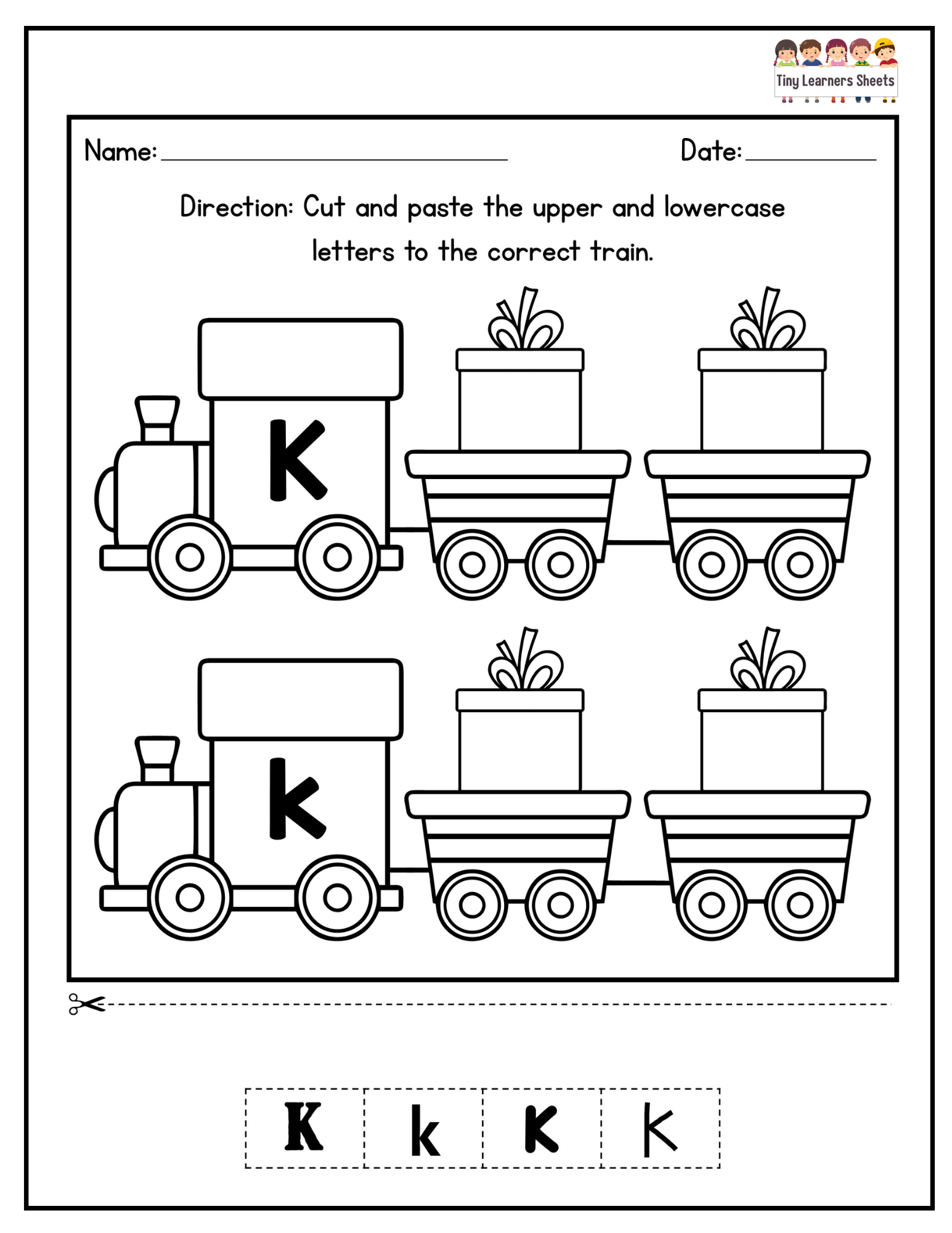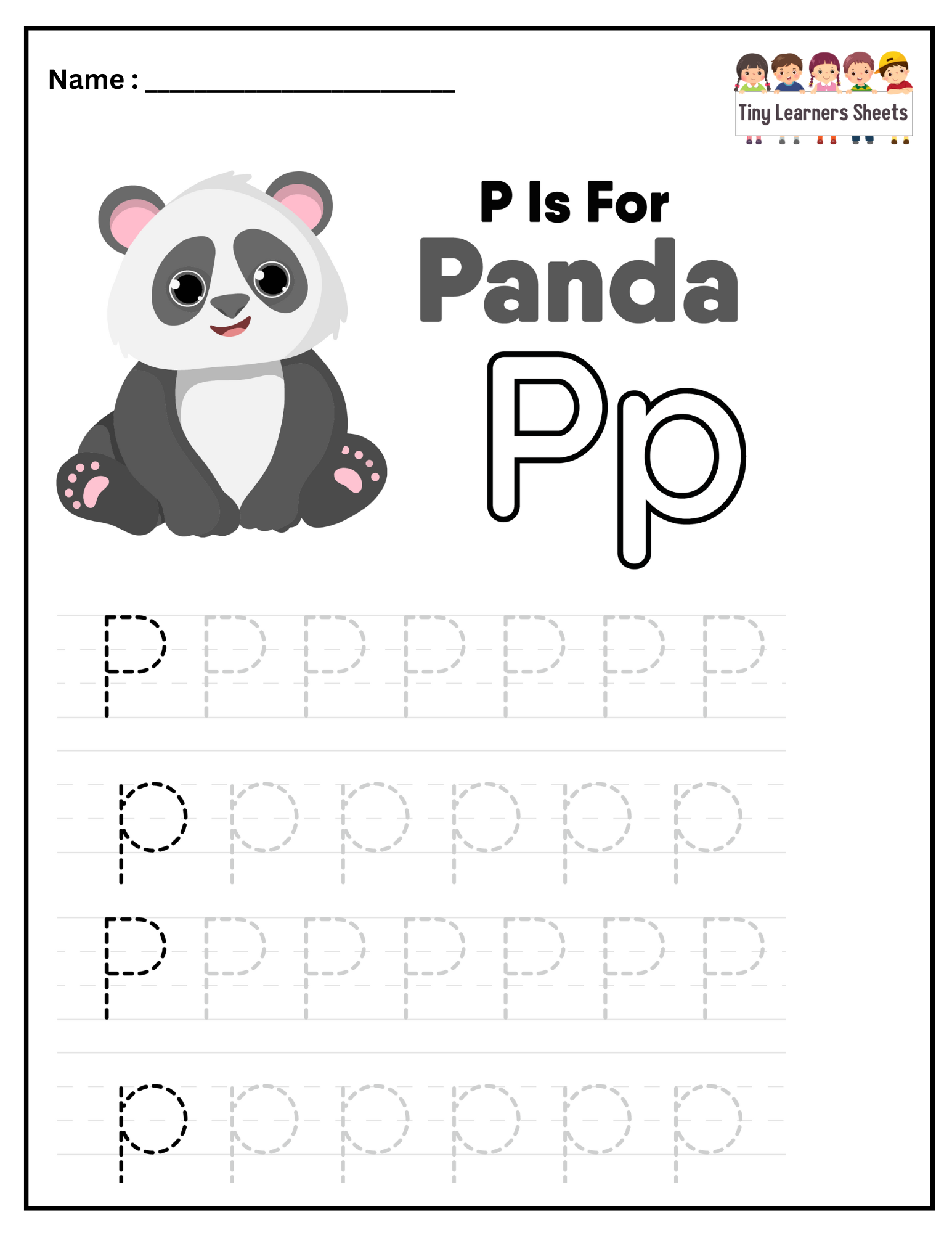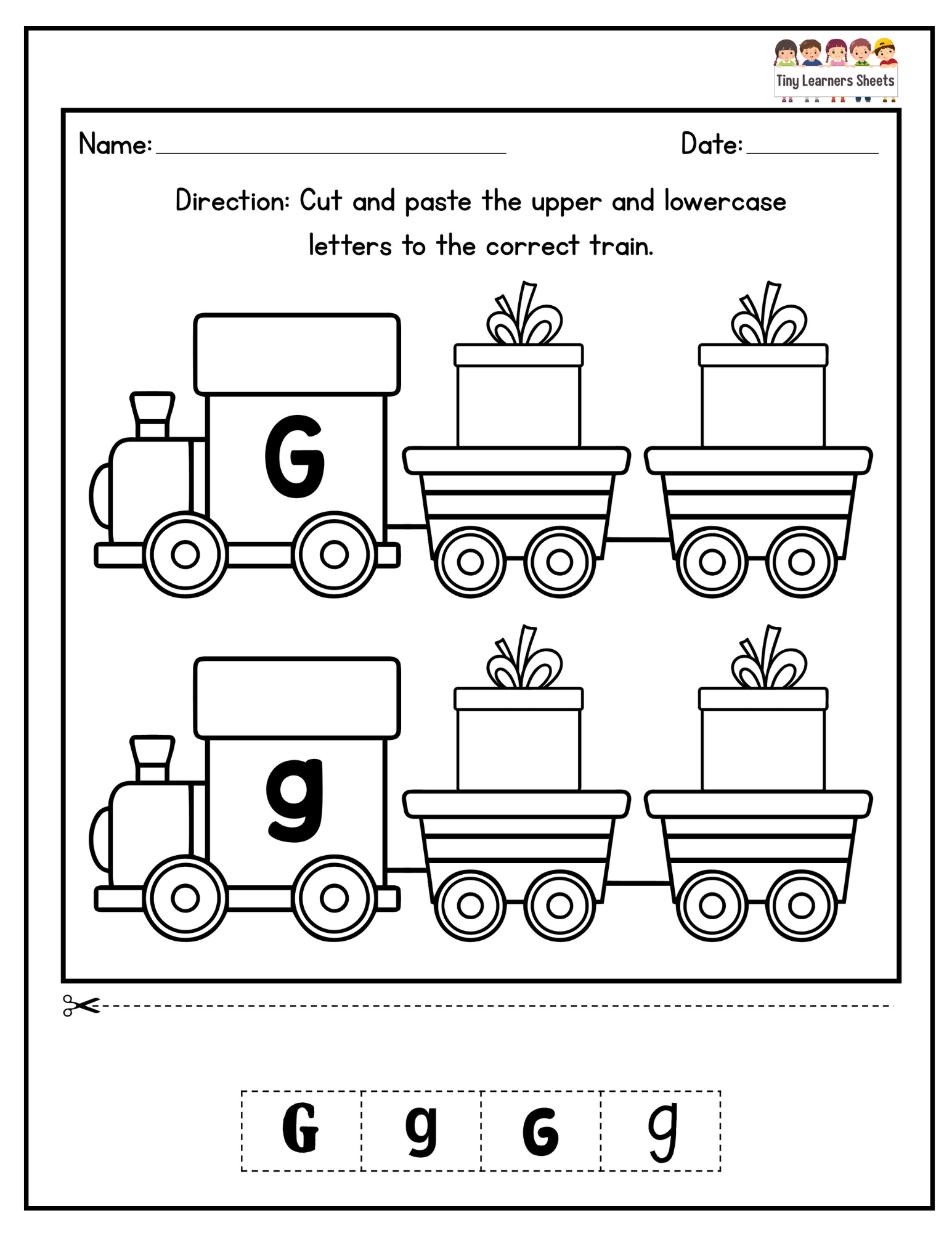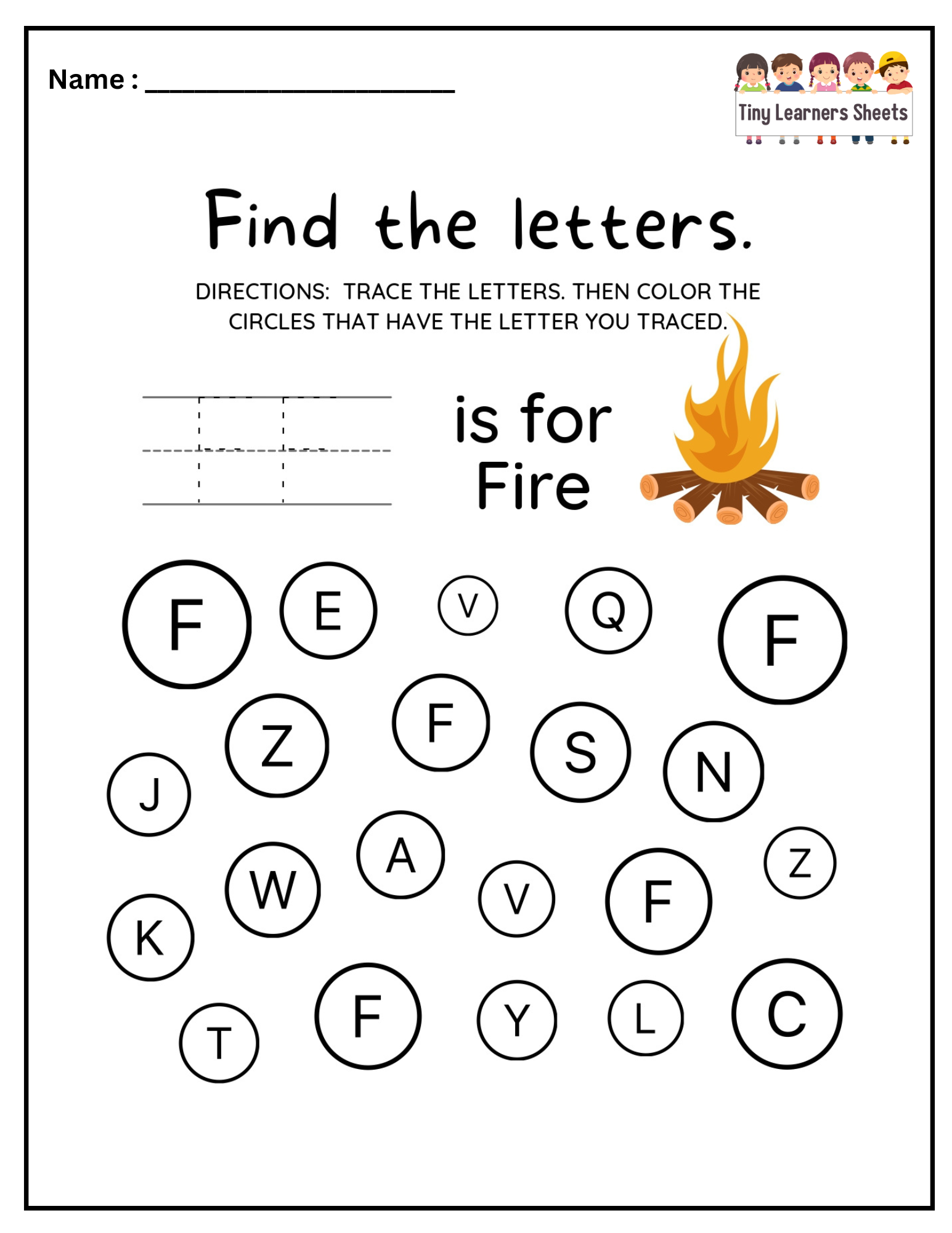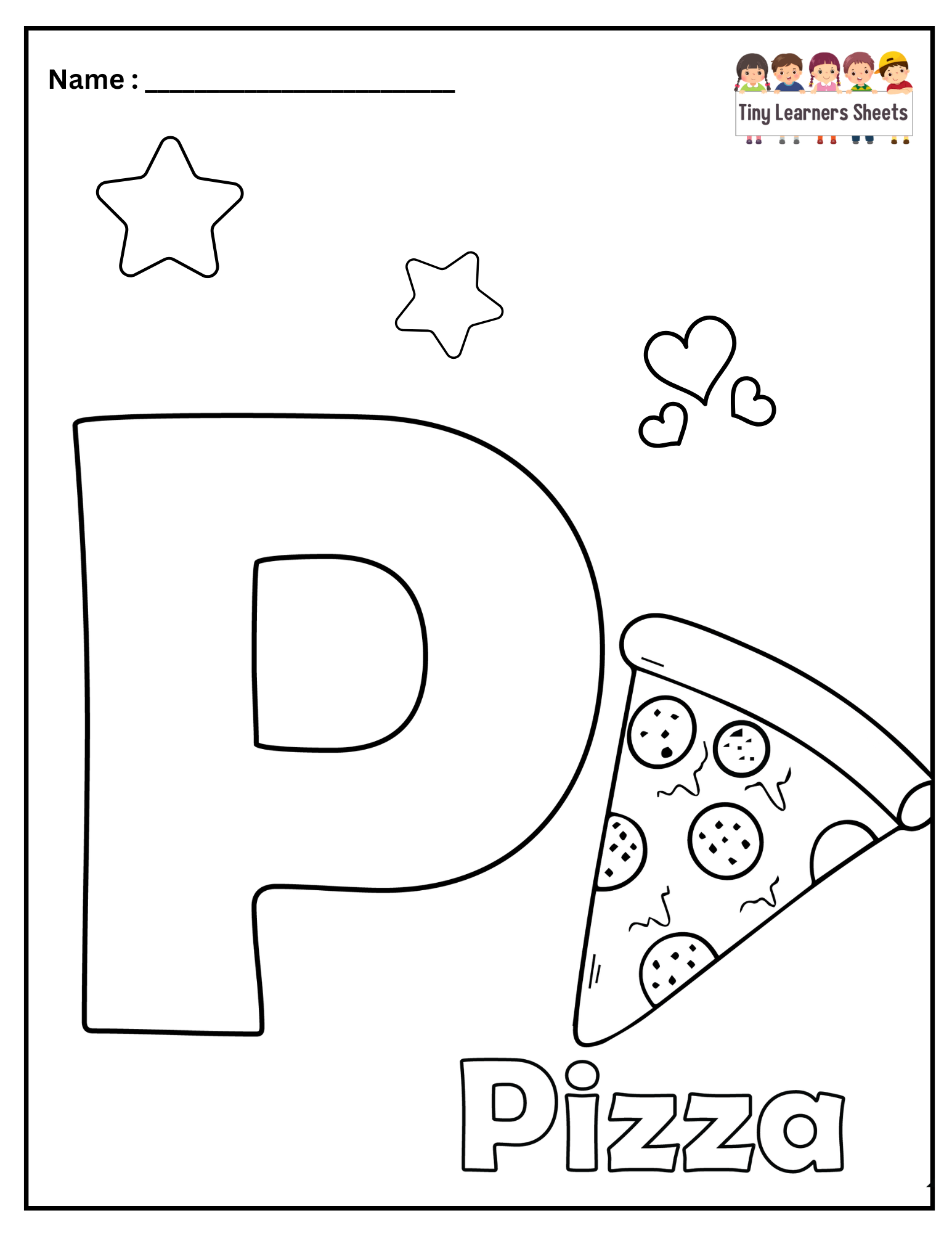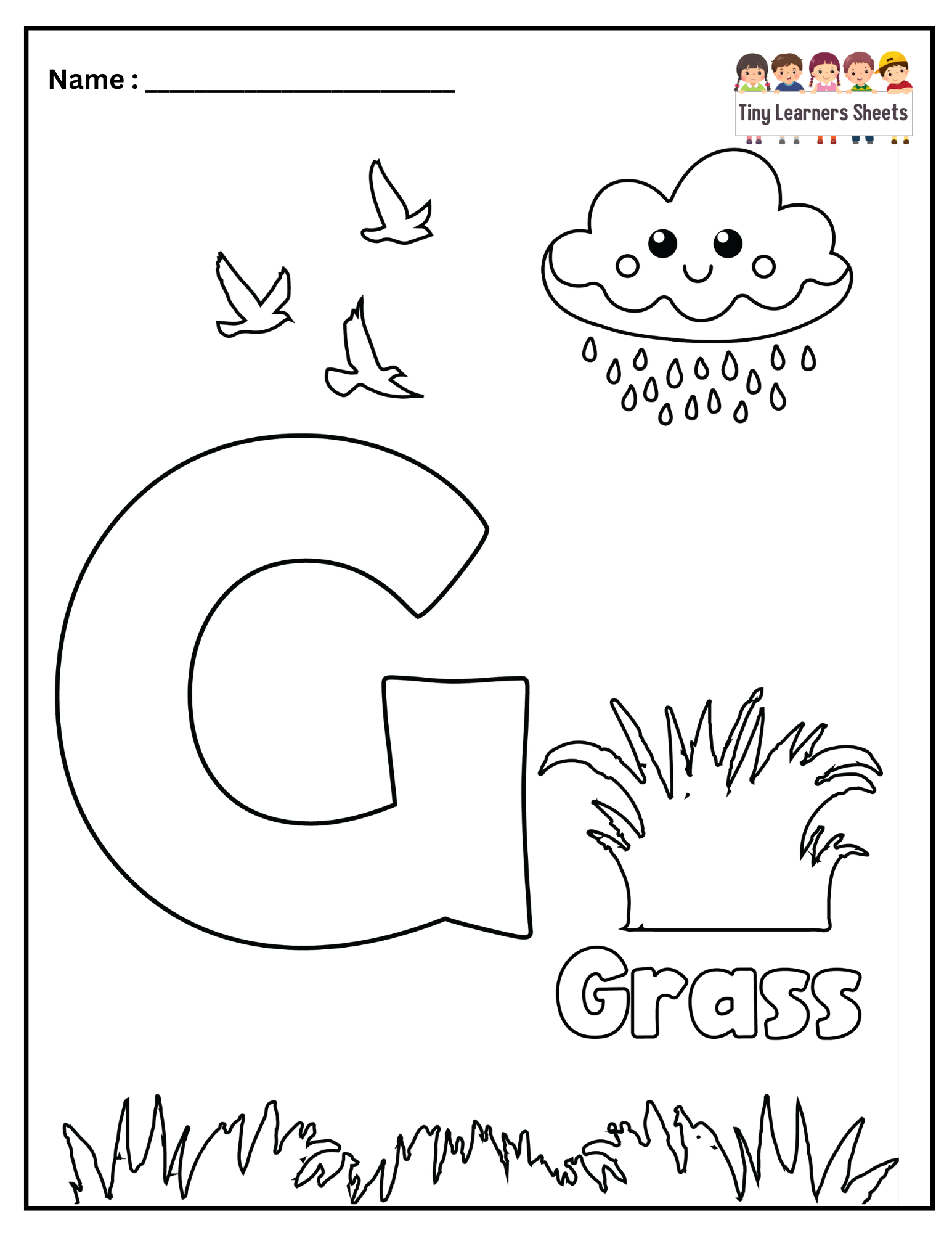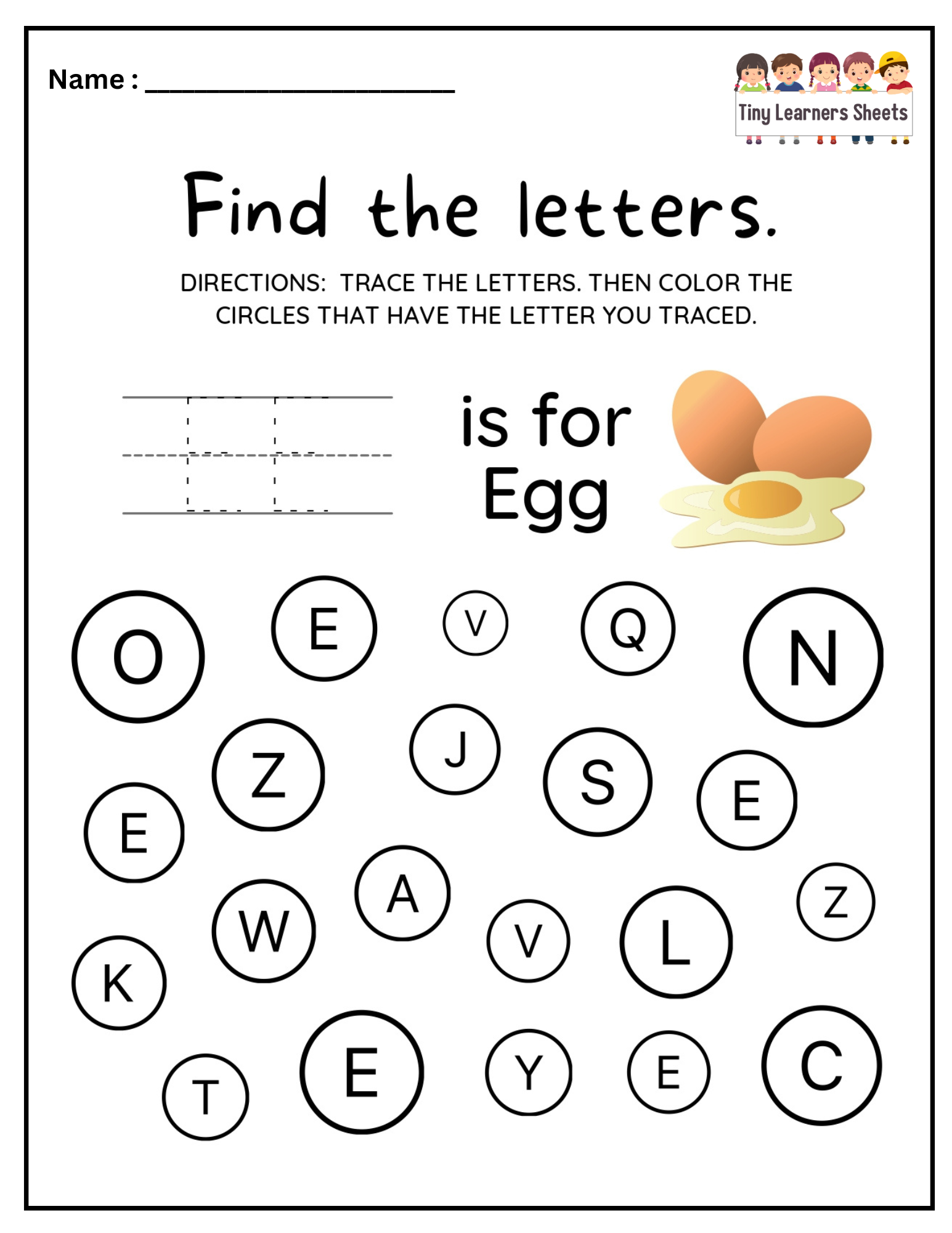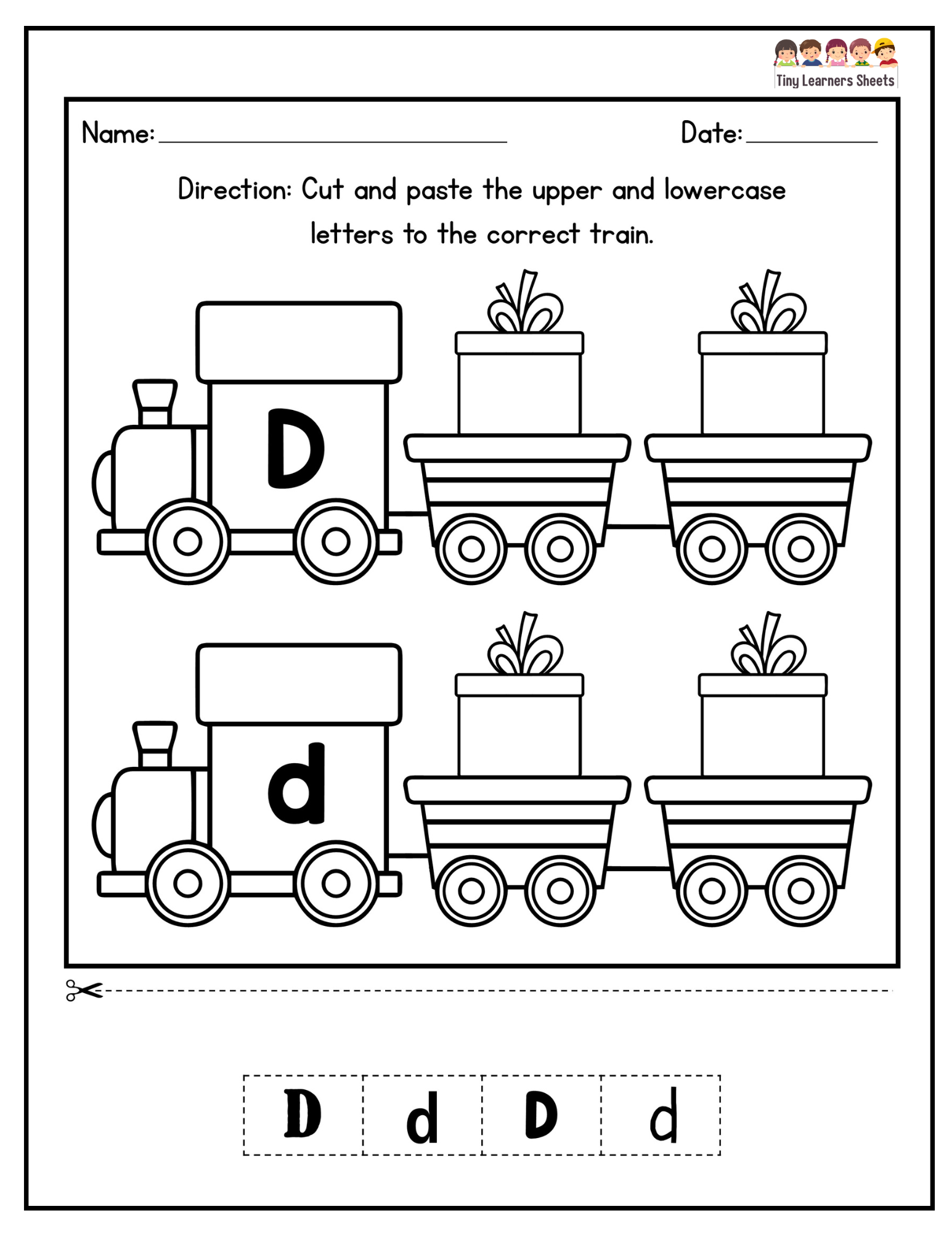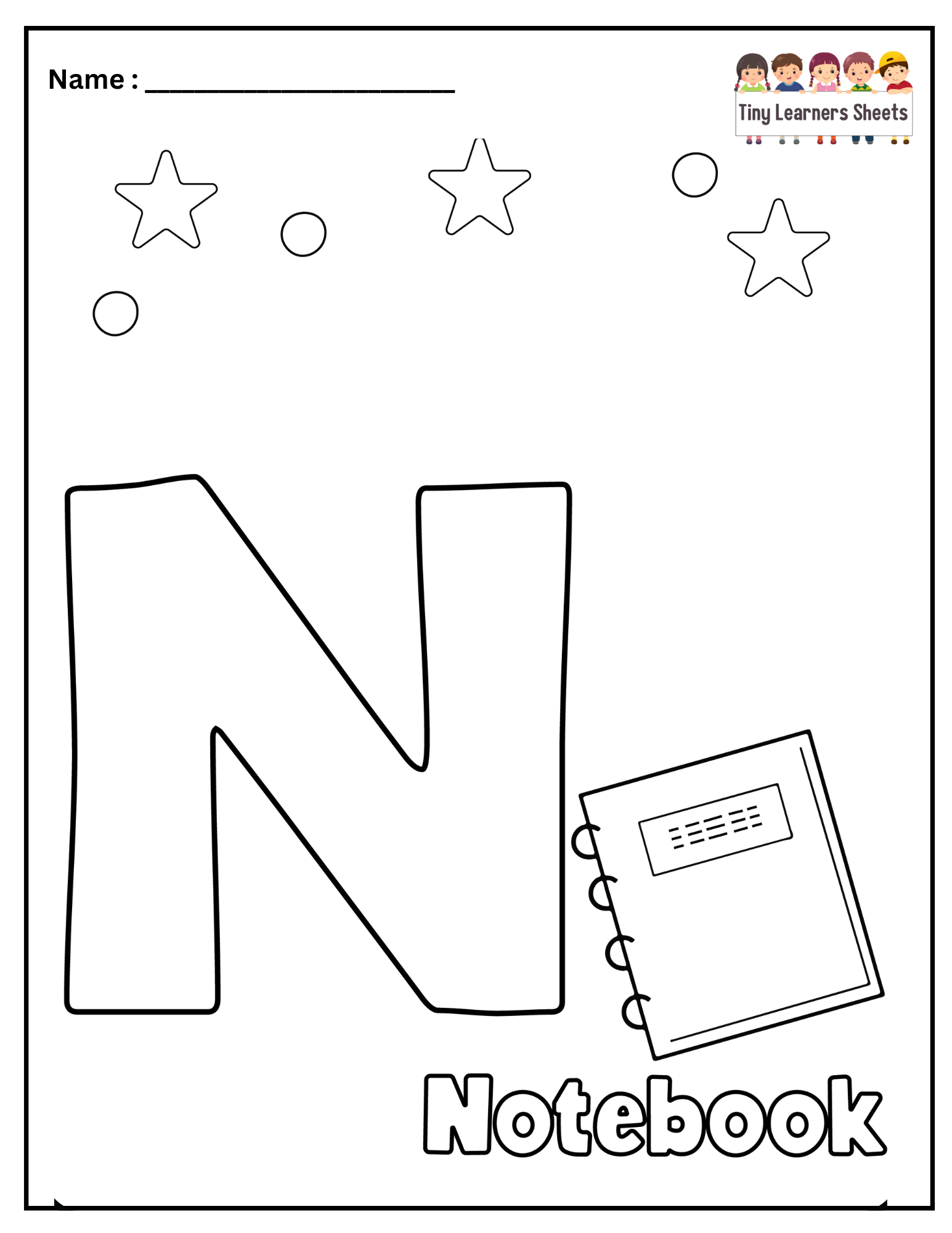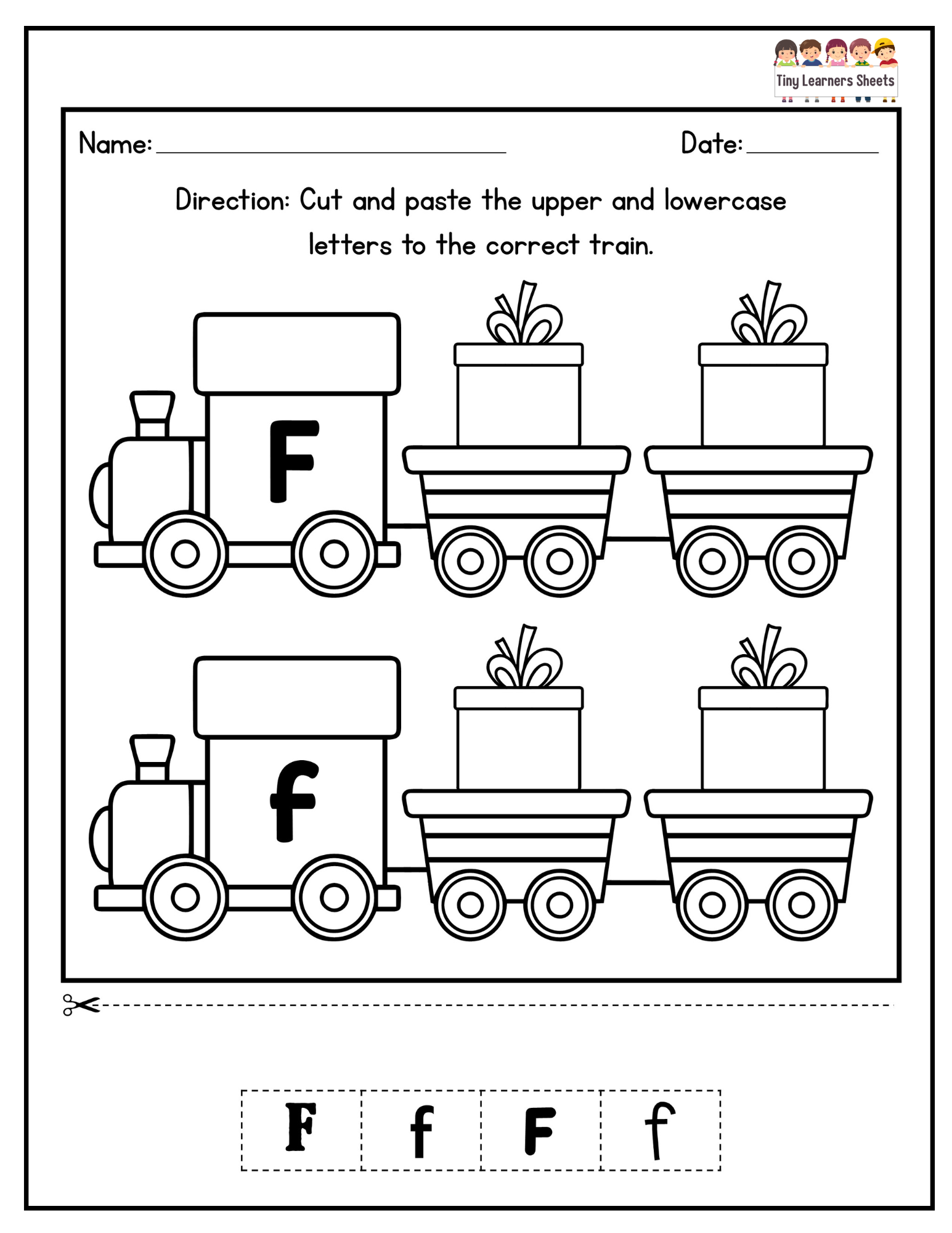Letter A Sound Recognition Worksheet
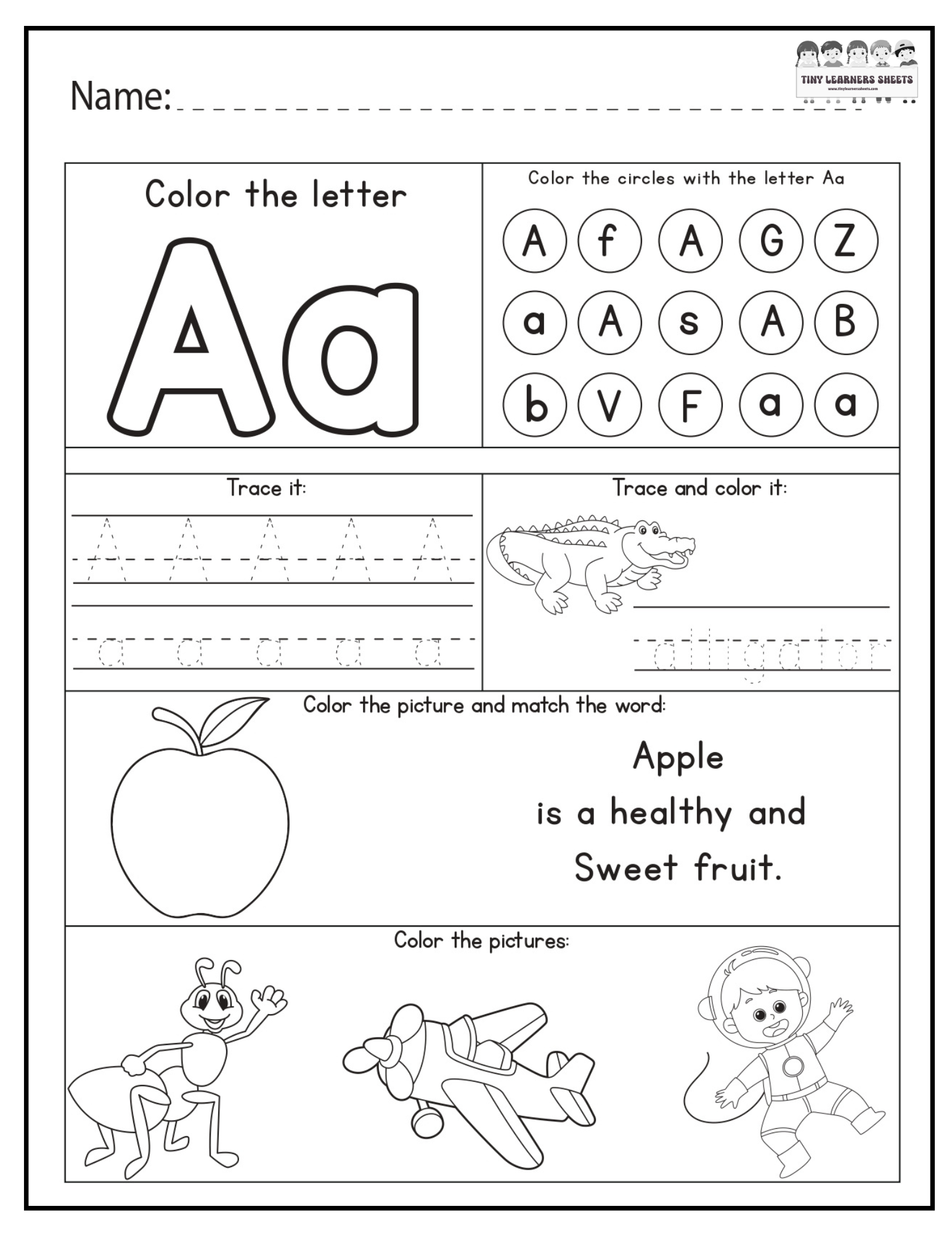
When it comes to teaching kids the alphabet, finding engaging and educational resources is key. The "Letter A Sound Recognition Worksheet" provides an interactive approach that helps children recognize the letter A, its shape, sound, and associated words. Perfect for preschoolers and kindergarteners, this worksheet combines tracing, coloring, and identification exercises, making learning the alphabet both enjoyable and effective. In this article, we'll dive into why worksheets like these are invaluable in early childhood education, the specific learning benefits, and tips on how to use them at home or in the classroom.
What is the Letter A Sound Recognition Worksheet?
This worksheet focuses on introducing young learners to the letter A through various activities designed to reinforce sound recognition, tracing, and letter identification. It includes:
- Coloring Exercises: Kids can color the uppercase and lowercase "A" to help familiarize themselves with the letter's shape.
- Circle Recognition: A fun activity where children identify and circle instances of the letter "A" among other letters, improving their recognition skills.
- Tracing Practice: This section allows kids to trace both uppercase and lowercase "A," promoting fine motor skills and preparing them for handwriting.
- Matching and Coloring: A visual activity where children color a picture of an apple and associate it with the letter A, reinforcing the link between the letter, sound, and words that start with "A."
Benefits of Using Letter Recognition Worksheets
a. Enhances Phonemic Awareness
By associating the letter A with words like "apple" and "ant," children start to understand phonemes, the distinct sounds that make up words. Phonemic awareness is a critical skill for reading and helps children recognize patterns in language.
b. Develops Fine Motor Skills
The tracing section is a fantastic tool for developing fine motor skills. As children trace the letter A, they strengthen their hand muscles and learn the strokes required for writing. This skill is essential for future writing tasks.
c. Encourages Letter Recognition and Differentiation
Activities that involve finding and circling the letter A among other letters enhance letter recognition and help kids learn to distinguish between similar shapes. This ability is fundamental for early reading and writing skills.
d. Builds Confidence in Learning
Worksheets like this provide children with a sense of accomplishment as they complete each activity. This positive reinforcement builds their confidence and encourages them to tackle more challenging tasks in their learning journey.
How to Use This Worksheet Effectively
Here are some tips on using the Letter A Sound Recognition Worksheet effectively, whether you’re a teacher, parent, or caregiver:
a. Set a Positive and Relaxed Environment
Before introducing the worksheet, create a relaxed learning atmosphere. Let children know that this is a fun activity and that making mistakes is okay. A positive mindset can make a big difference in how they perceive learning.
b. Go Over Each Activity Together
Take time to go through each section with the child. For instance, when coloring the letter A, emphasize the shape and sound of the letter. When tracing, show them the correct strokes, guiding their hand if needed to establish proper formation.
c. Reinforce Learning with Everyday Examples
After completing the worksheet, reinforce learning by finding everyday items that start with the letter A. For example, point out apples, ants, or airplanes and say, "This starts with the letter A!" This activity makes learning practical and relatable.
d. Encourage Creativity
Allow children to choose their colors, especially in sections like coloring the apple or the cartoon characters. Adding a creative element helps keep them engaged and makes the activity more enjoyable.
Why Sound Recognition is Important in Early Literacy
Sound recognition is a foundational skill in early literacy. By helping children associate letters with specific sounds, they can start blending sounds into words, which is crucial for reading. The Letter A Sound Recognition Worksheet does just that by combining visual and auditory elements to reinforce the sound of the letter A.
Key Reasons for Focusing on Sound Recognition:
- Improves Vocabulary: By linking letters to sounds and sounds to words, children begin expanding their vocabulary, which is essential for effective communication.
- Supports Reading Fluency: Recognizing letters and their sounds is a stepping stone to reading fluently. The faster a child can recognize sounds, the smoother their reading experience will be.
- Lays the Groundwork for Phonics: Phonics, which is the relationship between letters and sounds, is essential for reading. Sound recognition worksheets prepare children for more complex phonics concepts.
Additional Tips to Reinforce Learning the Letter A
- Use Letter A Flashcards: Flashcards with pictures of words starting with A (like apple, ant, and alligator) are great for additional practice.
- Introduce Songs and Rhymes: Singing the alphabet song or rhymes that focus on the letter A can help solidify recognition through auditory learning.
- Interactive Games: Online games or mobile apps focused on letter recognition can be a fun supplement to traditional worksheets.
- Read Alphabet Books: Picture books that focus on individual letters are excellent resources to introduce letters and sounds in a story format. Look for books that emphasize the sound of A with clear, repetitive examples.
Printable Worksheets and Resources for Letter Recognition
If you’re looking to expand beyond just the letter A, consider using worksheets for the entire alphabet to create a consistent learning routine. Websites like Our website offer free printable alphabet worksheets, which are excellent resources for parents and educators. Using a comprehensive set of worksheets allows children to learn at their own pace, building a strong foundation in both letter recognition and phonics.
.jpg)
